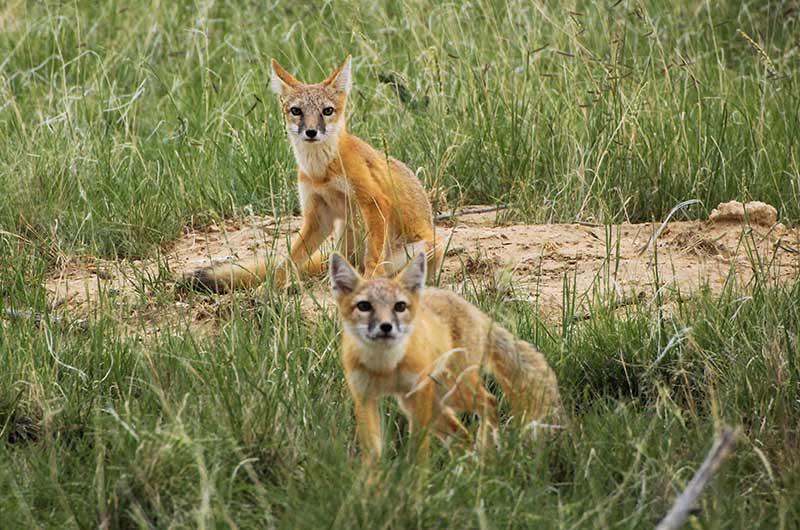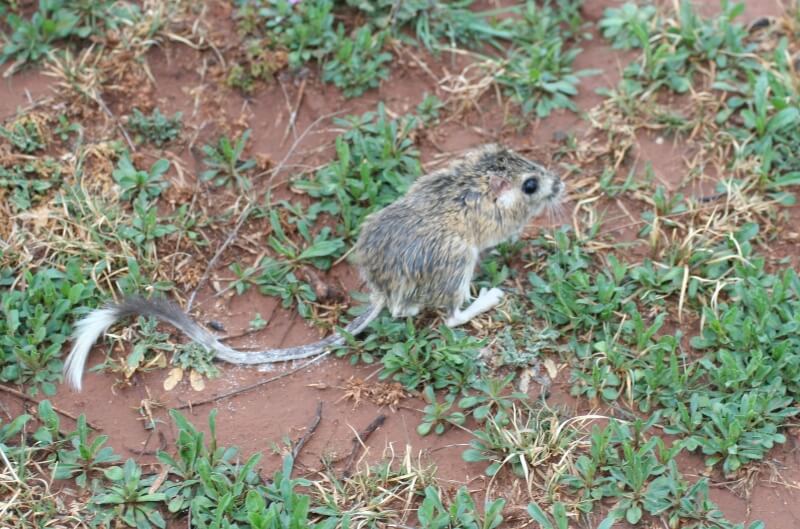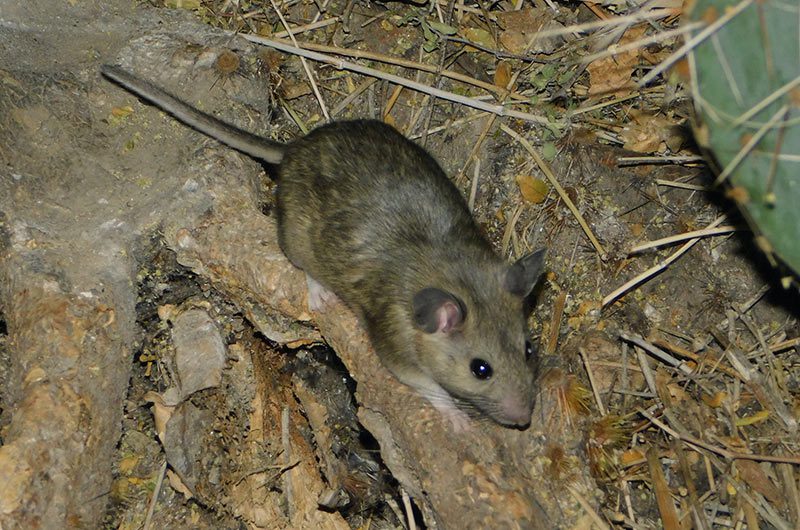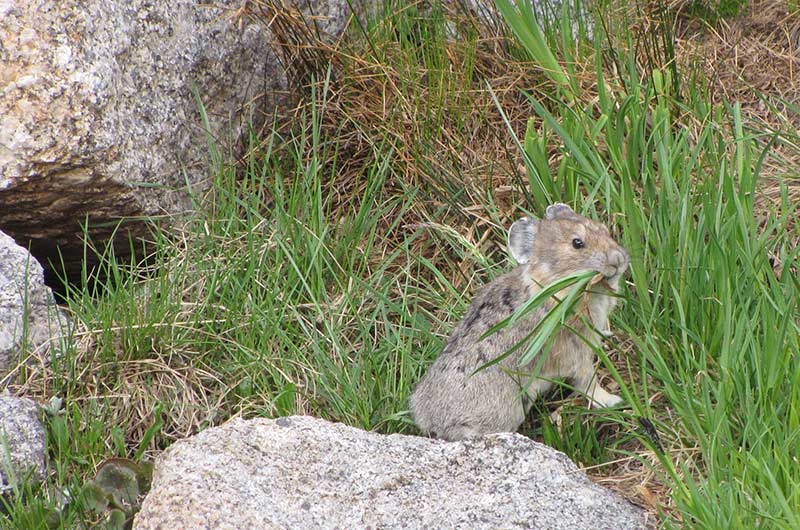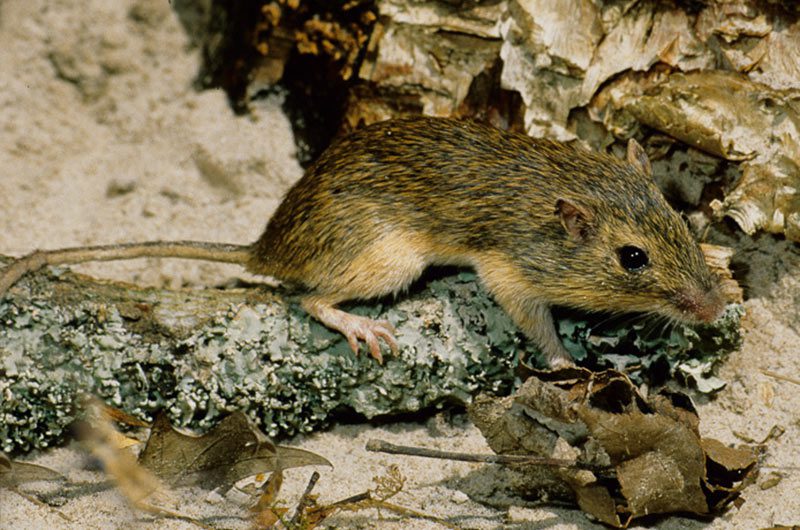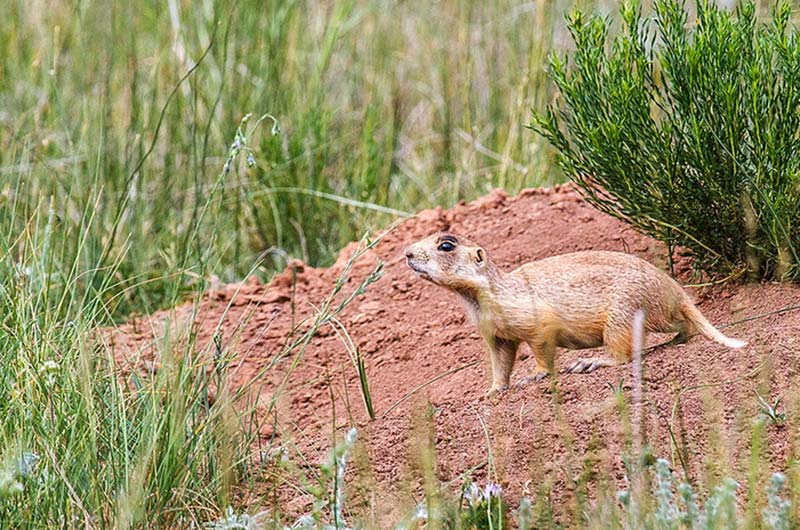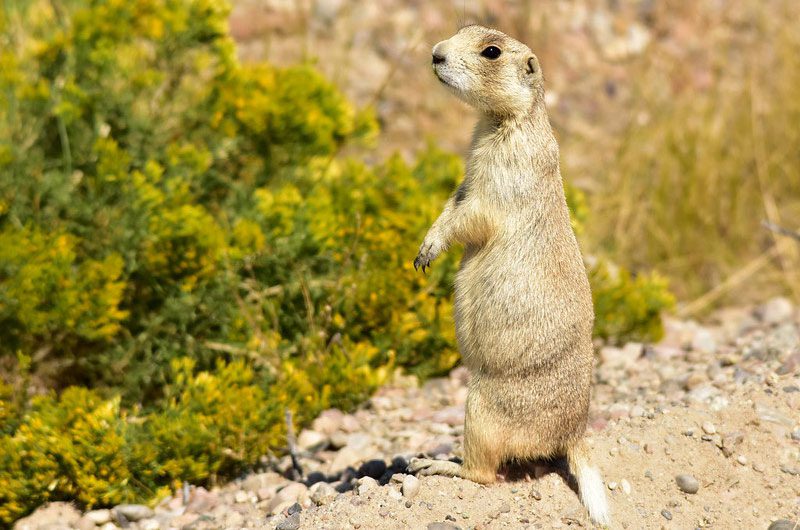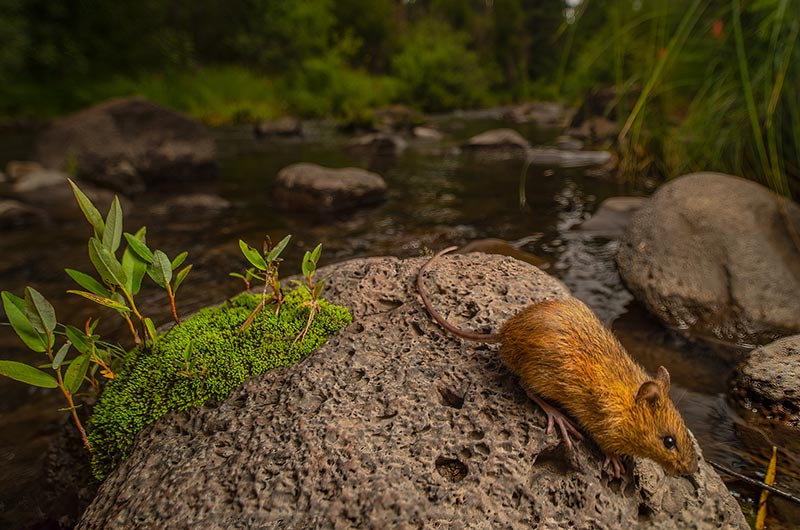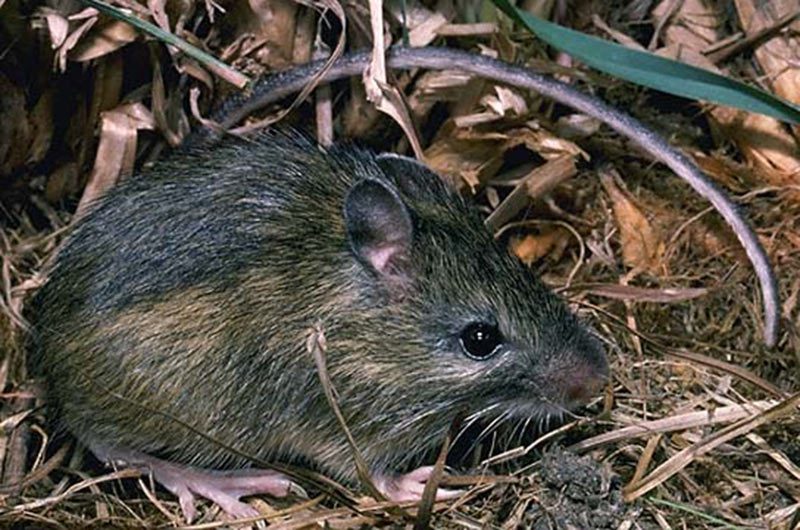LandPKS Learning
Habitat Hub
Factsheets and other helpful resources about the wildlife species living on your land (US only)
All Factsheets Spanish
Todas las fichas de las especies del hábitat se encuentran en la aplicación Hábitat. Las fichas proporcionan información sobre cómo identificar la planta o el animal, consejos de observación, un dato interesante, información sobre el hábitat, actividades que beneficiarán a la especie, actividades que deben evitarse y recursos para la gestión de la especie.
Read moreTexas Kangaroo Rat
Texas kangaroo rats rarely need to drink water. They’re highly adapted to arid environments where standing water is scarce and get moisture from vegetation. They also have cheek pouches which they use to gather grass seeds and store them in their underground burrows to survive drought.
Read moreLesser Long-nosed Bat
The lesser long-nosed bat pollinates saguaro, cardon, and organ pipe cactus and agave flowers. As the bat feeds on the nectar, the bat’s face and neck fur become covered with pollen. Lesser long-nosed bats also disperse the seeds of the columnar cacti fruits by feeding on them.
Read moreWhite-throated Woodrat
The white-throated woodrat is also called a packrat. They will live in burrows, caves, or construct elaborate middens of coarse woody debris, vegetation, and cactus joints. Middens or dens are built at the base of trees, shrubs, and cacti using locally available materials such as spiny plant parts from cholla, prickly pear, mesquite, and catclaw, likely as protection from predators. Middens can get as large as 3 ft/0.9 m high and 10 ft/3 m in diameter.
Read moreAmerican Pika
American pika are very sensitive to temperatures and can die if exposed for brief periods to temperatures greater than 77.9o F/ 25.5o C. They rely on a moderate snowpack to insulate them from extreme cold. Pikas have high energetic demands as they do not hibernate. Therefore they are considered an indicator species for climate change especially temperature extremes and changes in snow.
Read moreHispid Pocket Mouse
Hispid pocket mice store seeds in burrows for consumption during the winter. Older animals tend to build more complex burrow systems than younger animals.
Read moreUtah Prairie Dog
Utah prairie dogs reproduce more slowly than other rodents and have high mortality rates. Although females mate and produce litters in their first year, less than half of males mate in their first year. Females give birth to a single litter each year, averaging 3-5 young. However, fewer than 60% survive their first year and 30% survive their second year.
Read moreWhite-tailed Prairie Dog
White-tailed prairie dogs prefer eating forbs over grasses. This behavior may increase the availability of forage grasses preferred by other species, including livestock.
Read moreNew Mexico Meadow Jumping Mouse
Beavers significantly impact New Mexico jumping mouse habitat as their dams create slow moving, permanent water sources that encourage diverse and dense vegetation growth that the mice rely on. Beaver activity can also act as a natural fire break.
Read moreWestern Jumping Mouse
When western jumping mice emerge from hibernation in late spring or early summer, they have lost 18% of their body weight from the previous year. Adults quickly build up their fat reserves of up to 2/3 of their body weight to survive the long winter underground without food stores.
Read more
Mobile App | Data Portal | Knowledge Hub | Habitat Hub | Learning Collections | Blog | About | Contact | Support

